In 1814, the rulers of Europe thought they were through with Napoleon Bonaparte.
After decades of war and millions of deaths, the French officer-turned-emperor who conquered most of Europe had been defeated and sent into exile on the island of Elba.
Little did they know the Little Corporal would soon be back.
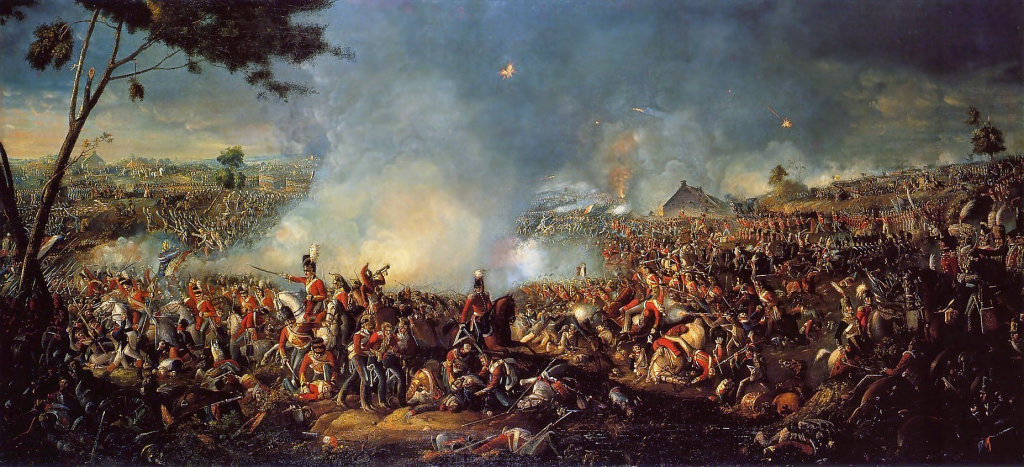
On February 28, 1815, Napoleon landed in France with a force of 700 men, having escaped his exile. He immediately began to march north for Paris.
When the French army sent by King Louis XVIII arrived, Bonaparte dismounted his horse and walked into musket range. Instead of firing, the French forces cheered as the 6,000 men joined their former emperor.
On March 20, Napoleon once again became Emperor of France.
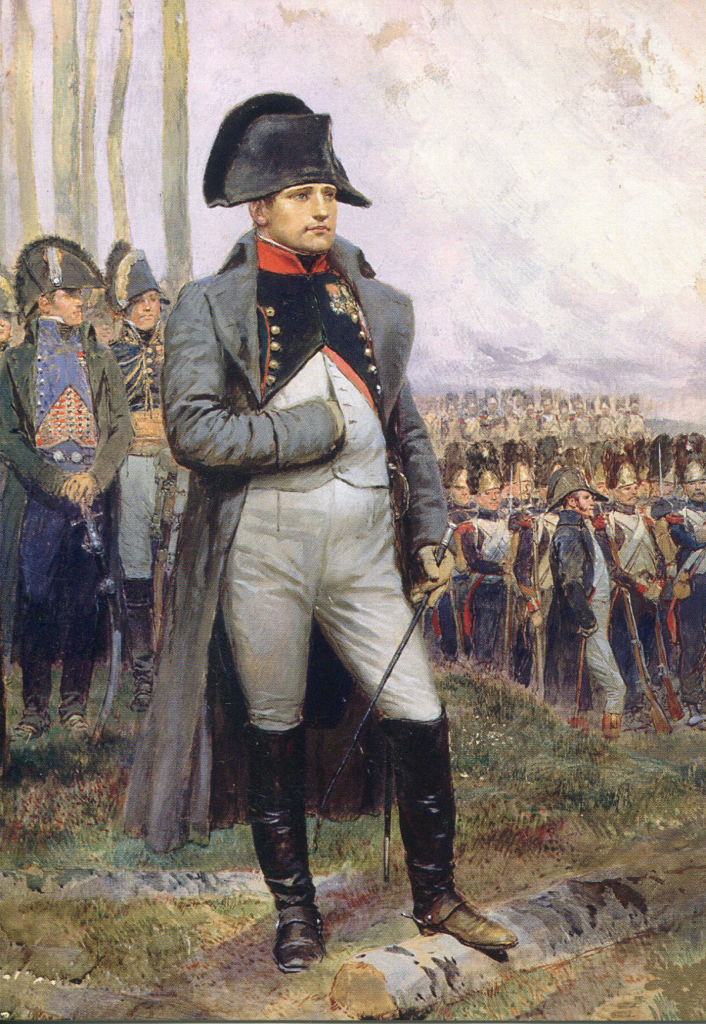
Louis XVIII fled Paris before Bonaparte arrived. The Congress of Vienna — the group of European countries that defeated Napoleon the year before — began to mobilize.
Napoleon went on the offensive. He knew that he needed to act before the enemy could completely outnumber his 300,000 men.
In June, the newly-revived French army pushed north into Belgium to prevent the British under the Duke of Wellington from merging with von Blücher’s Prussians.
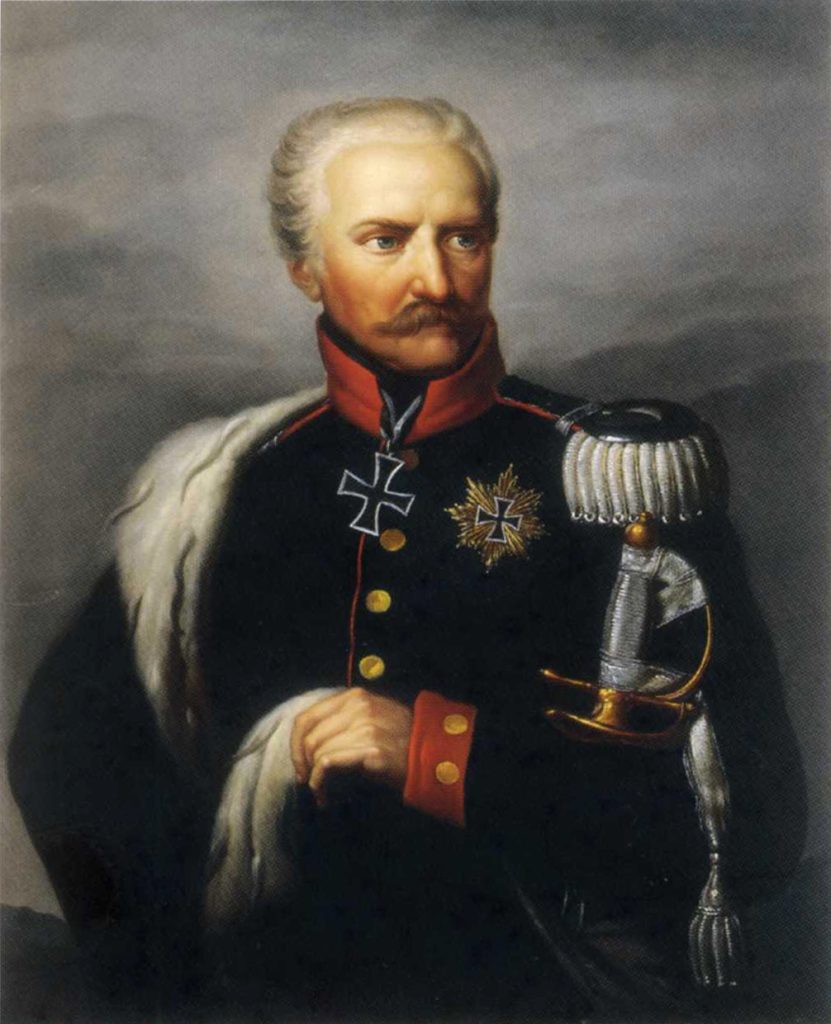
The French troops caught both the British and Prussian units off-guard, forcing them to retreat.
The British received word that the Prussians were near and ready to support. As a result, Wellington held his position at Waterloo.
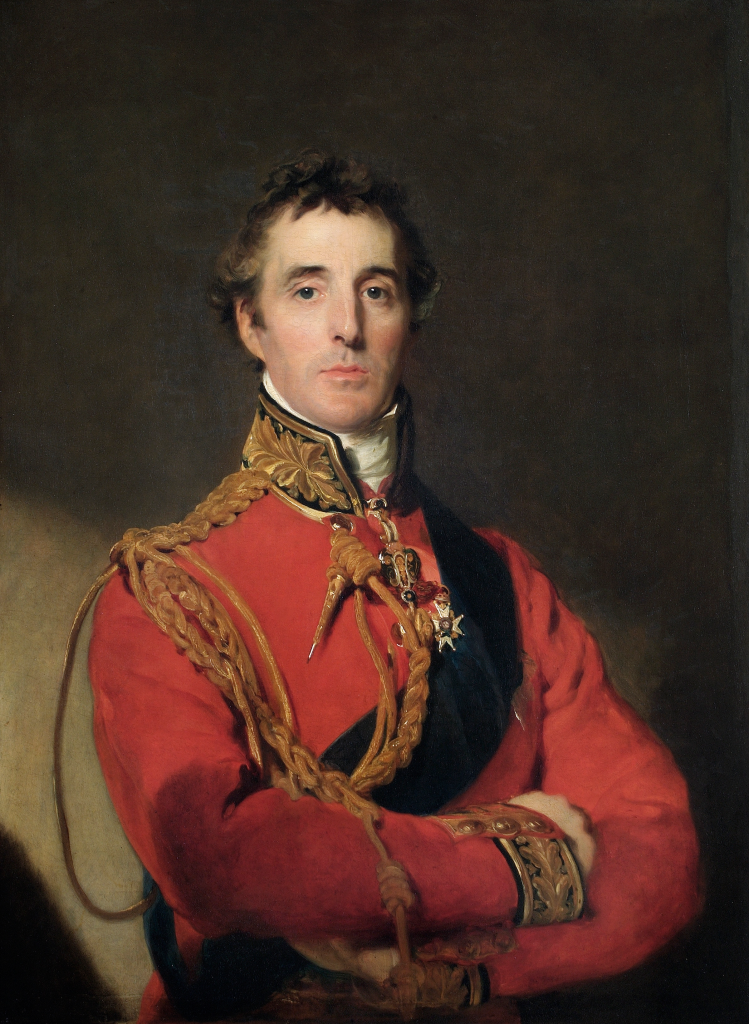
On the morning of June 18, a force of over 70,000 French began their assault. First contact occurred at Hougoumont — a farming compound where the British had set up an outpost.
Meanwhile, French cannons massed together in one large battery inflicted heavy casualties on the center of the British line.
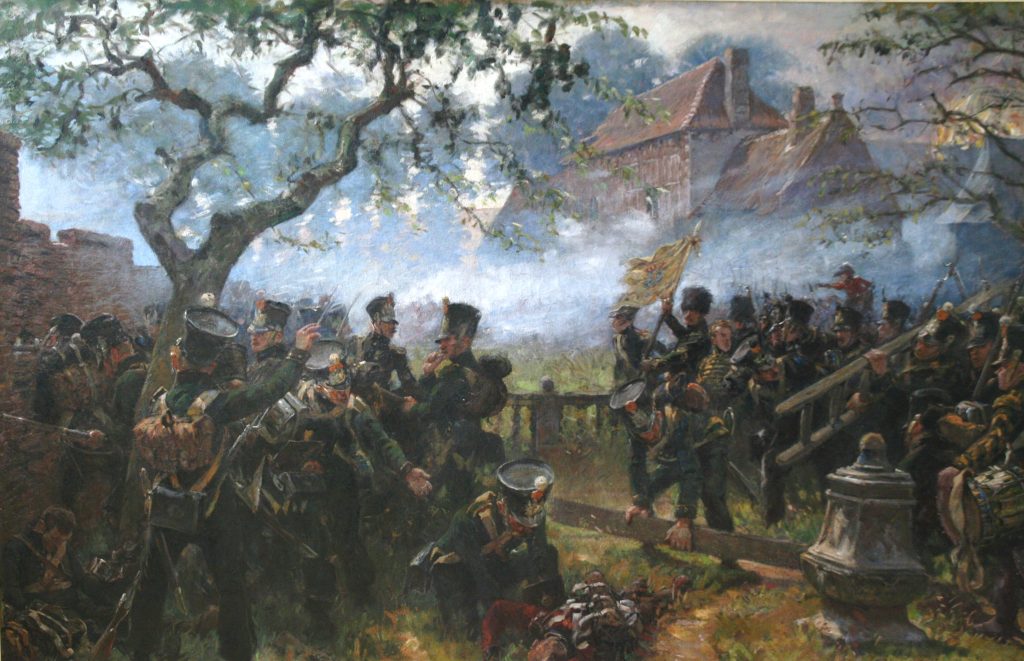
At 1:00 p.m., the French infantry advanced on the main British positions around Waterloo. Although the British deployed several skirmishers, nothing could stop the French. All opposition was forced to retreat.
Meanwhile, just after ordering his main attack, Napoleon saw approaching Prussian soldiers five miles from his eastern flank. With reinforcements out of range, Napoleon would have to make do with the forces he had.
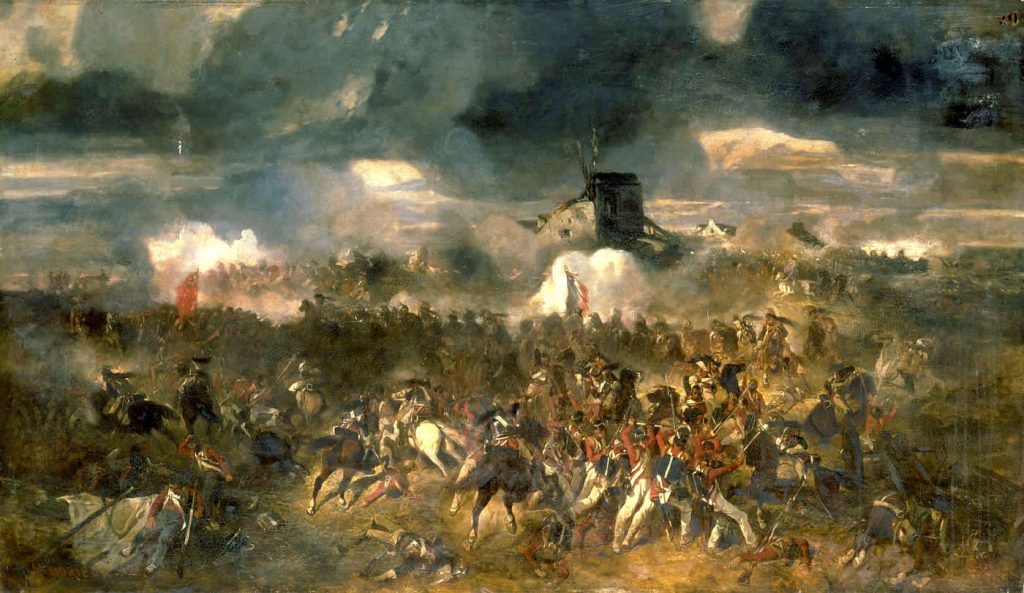
As the French infantry pressed forward, cavalry charges into British lines were met with square formations — a tactic for fending off horsemen. French cannons moved closer, devastating the British formations at close range with canister shots.
Just as the British faced imminent collapse, the Prussians arrived.
The Prussian assault on their flank threw the French army into disarray. Instead of facing the British in a line, troops from the center moved to form a horseshoe-like shape.
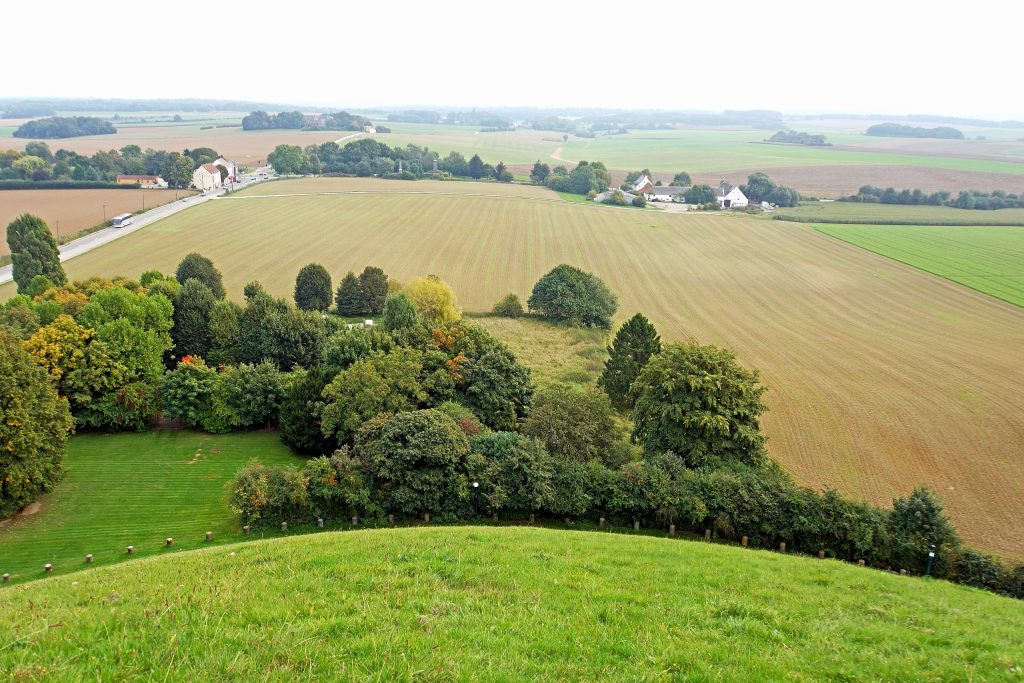
French units began to panic and flee, including some of the elite Imperial Guard.
What looked like a victory just hours before quickly became a disaster for Napoleon as renewed enemy advances shattered French lines and ran down retreating troops.
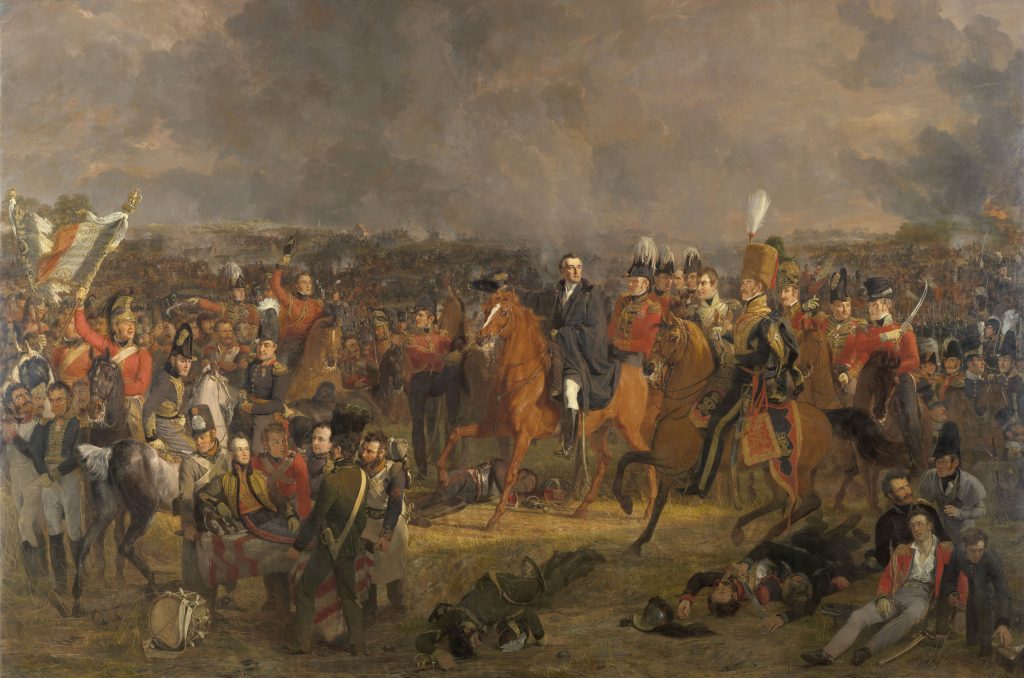
Napoleon fled to Paris hoping to build another army and continue his fight. However, after the crushing defeat, the French population no longer believed in him.
Realizing that he had lost support, Napoleon abdicated his power on June 24, just 110 days after he had reclaimed it.
This is a new style of article for Pew Pew Tactical, if you liked it — let us know in the comments! If you didn’t enjoy it…well phooey. To catch up on previous Pictures from History, click on over to our History Category.
The post A Picture from History: The Battle of Waterloo appeared first on Pew Pew Tactical.